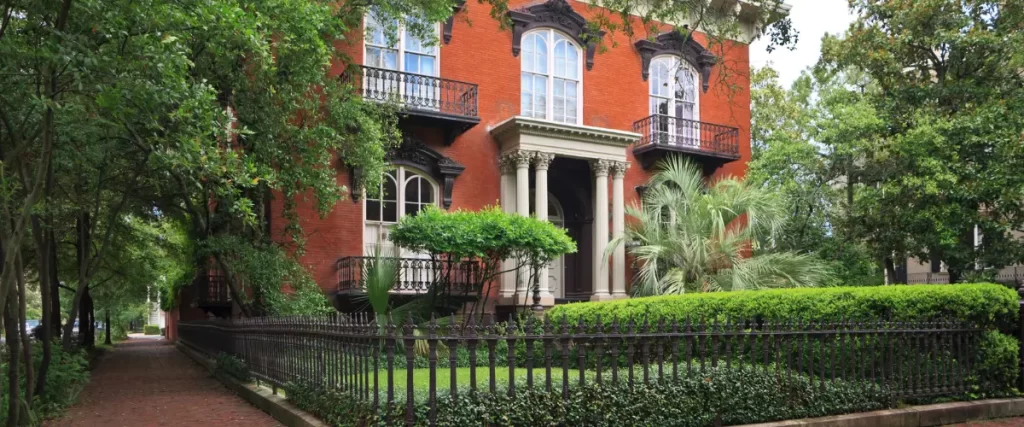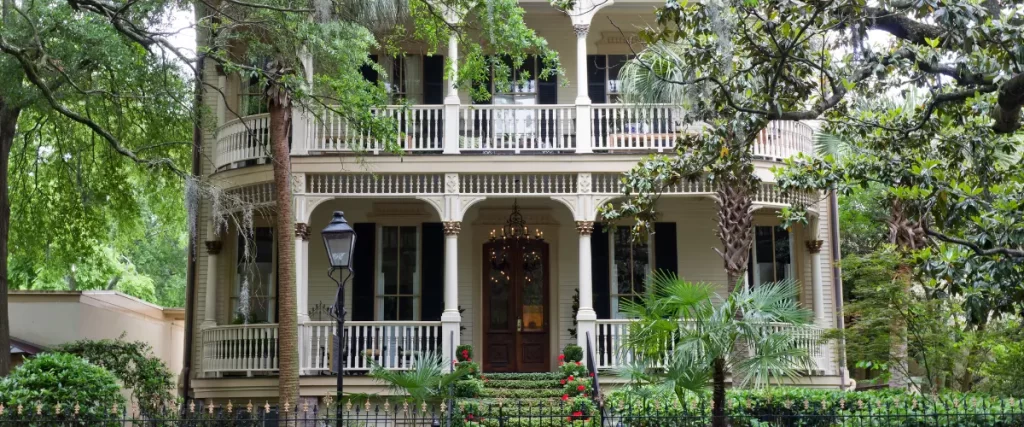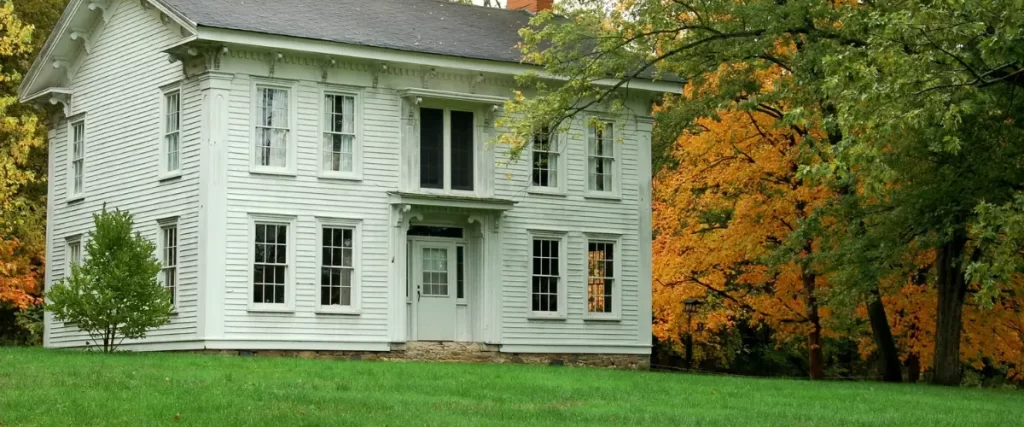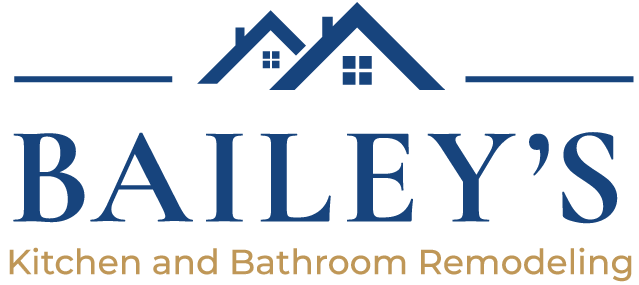Raleigh, North Carolina, is home to many historic properties that reflect the city’s rich architectural heritage. Renovating a historic home can be both rewarding and challenging, as it requires careful planning, compliance with preservation guidelines, and an understanding of how to blend modern conveniences with classic charm.
Whether you’re restoring a Victorian-era residence in Oakwood or updating a mid-century home in Mordecai, there are several key factors to consider before beginning your renovation.

Understanding Historic Designations & Regulations
Before starting any renovations, it’s essential to determine whether your home is part of a historic district or individually designated as a historic landmark. Raleigh has several historic neighborhoods where specific guidelines must be followed to maintain architectural integrity.
Key Historic Districts in Raleigh
- Oakwood Historic District – Known for its well-preserved Victorian and Queen Anne-style homes.
- Boylan Heights – Features early 20th-century bungalows and Colonial Revival architecture.
- Mordecai Historic District – Home to some of Raleigh’s oldest residences.
- Capitol Area Historic District – Contains significant government and residential structures dating back to the 19th century.
If your home is located in a designated historic district, any exterior changes may require approval from the Raleigh Historic Development Commission (RHDC). This ensures that renovations preserve the character and aesthetics of the neighborhood.
Permit & Zoning Requirements
- Certificates of Appropriateness (COA) – Required for exterior modifications in historic districts.
- Building Permits – Necessary for structural, electrical, or plumbing work.
- Zoning Compliance – Some historic homes may have restrictions on additions or land use.
Preserving Architectural Integrity
One of the most important aspects of renovating a historic home is maintaining its original character and craftsmanship. Many historic homes feature unique details that should be preserved or replicated.
Key Features to Preserve:
- Original Woodwork & Trim – Crown molding, baseboards, and window casings add historic charm.
- Hardwood Flooring – Restoring original flooring can enhance authenticity.
- Fireplaces & Mantels – Many historic homes feature ornate, handcrafted fireplace surrounds.
- Windows & Doors – Original wood windows contribute to the architectural style but may require restoration.
- Exterior Siding & Brickwork – Maintaining or repairing original materials is often preferred over replacement.
When modern updates are needed, homeowners should aim to use historically appropriate materials that blend seamlessly with the existing design.

Modernizing While Maintaining Charm
While preserving history is important, incorporating modern amenities can make a historic home more functional and comfortable. The key is to integrate upgrades without compromising architectural authenticity.
| Modern Upgrade | How to Maintain Historic Charm |
| Kitchen Remodeling | Use custom cabinetry that matches period details, opt for vintage-style fixtures. |
| Bathroom Updates | Keep clawfoot tubs or pedestal sinks, use subway tiles for a classic look. |
| Energy Efficiency Improvements | Install insulation discreetly, use energy-efficient windows that mimic original designs. |
| Smart Home Features | Integrate discreet wiring and Wi-Fi-enabled thermostats without disrupting historic aesthetics. |
| HVAC Upgrades | Use ductless mini-split systems to minimize damage to original structures. |
Challenges & Costs of Historic Home Renovations
Renovating a historic home often comes with unique challenges and higher costs than standard remodels. Understanding potential hurdles ahead of time can help you plan effectively.
Common Challenges:
- Unforeseen Structural Issues – Older homes may have foundation problems, outdated wiring, or plumbing that needs replacing.
- Matching Original Materials – Finding period-accurate materials can be time-consuming and costly.
- Strict Preservation Guidelines – Approval processes for exterior changes can slow down renovation timelines.
- Higher Labor Costs – Skilled craftsmen familiar with historic restoration often charge premium rates.
Cost Considerations:
| Renovation Area | Estimated Cost |
| Foundation Repairs | $5,000 – $20,000 |
| Roof Restoration | $7,000 – $30,000 |
| Window Repair/Replacement | $500 – $1,500 per window |
| Kitchen Remodel | $25,000 – $75,000 |
| Bathroom Remodel | $10,000 – $40,000 |
| Electrical & Plumbing Updates | $8,000 – $30,000 |
Since costs can vary widely depending on the extent of work needed, it’s essential to budget accordingly and seek out grants or tax credits for historic preservation.
Financial Incentives for Historic Homeowners
Renovating a historic home can be expensive, but several financial programs exist to help homeowners offset costs.
Available Grants & Tax Credits:
- Federal Historic Tax Credit (HTC) – Provides a 20% tax credit for rehabilitating income-producing historic buildings.
- North Carolina Historic Preservation Tax Credits – Offers additional tax savings for restoring historic homes.
- Preservation Grants – Some local organizations provide funding assistance for approved restoration projects.
- Low-Interest Loans – Some banks offer special financing for historic home renovations.
Choosing the Right Contractor
Not all contractors have experience with historic renovations, so it’s crucial to work with professionals who understand the complexities of preserving older homes.
What to Look for in a Contractor:
- Experience with historic renovations and knowledge of Raleigh’s building codes.
- Familiarity with preservation guidelines and material sourcing.
- Ability to balance modernization with historic authenticity.
- References from past clients who have completed similar projects.
Consulting with a contractor early in the planning process can help you navigate permits, materials, and budgeting while ensuring your renovation aligns with historic preservation requirements.
Best Manufacturers for Historic Renovation Materials
Choosing the right manufacturer is essential when sourcing materials that meet both quality standards and preservation guidelines.
- Olde Good Things: Specializes in salvaged and reclaimed materials perfect for maintaining historic authenticity.
- The Craftsman Blog Store: Offers high-quality restoration products specifically tailored for historic homes and projects.
- Historic Houseparts: Known for a wide selection of vintage and reproduction hardware and fixtures.
- Architectural Salvage, Inc.: Unique salvaged items that preserve the charm of historical structures.
- Vintage Woodworks: Excellent source for millwork, moldings, and trims replicating historical designs.
Frequently Asked Questions (FAQ)
What types of homes do you specialize in?
We focus on historic homes and properties in Raleigh, NC, including charming neighborhoods like Five Points, Downtown Raleigh, and Moore Square. Whether you’re searching for a Queen Anne style home, a Second Empire style mansion, or a fixer-upper with endless potential, we’re here to help.
What is the Doorify MLS, and how does it assist buyers?
The Doorify MLS is a comprehensive database that provides consumers with accurate information on current listings. It’s a great tool for exploring homes for sale in areas like Blount St, Bloodworth St, and Governor’s home neighborhoods around historic Raleigh. Through the Doorify MLS, we ensure that buyers in the Raleigh area get up-to-date and reliable property details.
Can I use your service for non-commercial purposes?
Absolutely! The data we provide is exclusively for personal use when searching for your dream home. While every effort is made to deliver accurate information, we encourage buyers to independently verify all details, as typos or errors can occasionally occur in listings marked on the MLS.
What neighborhoods do you cover?
We specialize in neighborhoods rich in Raleigh’s history, such as Prince Hall, Downtown Raleigh, and areas near Shaw University. Whether you’re looking for homes close to the state capital or in vibrant communities with historic charm, we’ve got you covered.
How do you work with buyers and sellers?
We aim to provide a smooth transaction for both buyers and sellers. Our listing brokers rely on accurate data provided courtesy of the Internet Data Exchange (IDX) and MLS search tools. For buyers, we help find properties that align with their needs, such as schools in the Raleigh NC area or homes built with timeless North or South construction styles.
What styles of homes are available?
Historic Raleigh has so much to offer! From Eastlake-inspired homes to Queen Anne and Second Empire style properties, there’s something for everyone. Many homes we list capture Raleigh’s rich architectural history, including those near Shaw University and other landmarks. If visiting history through real estate excites you, you’ll love exploring these listings.
What should I know about downtown listings and fixer-uppers?
Downtown Raleigh listings often include properties located in prime spots such as NC 27601. Many homes here reflect Raleigh’s history and offer unparalleled access to the city’s amenities. Fixer-uppers allow buyers to add their personal touch while preserving the area’s historic charm.
Can Doorify help me avoid issues during the buying process?
We strive to help our clients make informed decisions by providing accurate information and advising on potential concerns, such as damages arising from property conditions or typographical errors in the MLS. Our approach ensures that all buyers and sellers are held totally harmless throughout the process.

Final Thoughts: Bringing New Life to Raleigh’s Historic Homes
Renovating a historic home in Raleigh is a rewarding endeavor that allows homeowners to preserve the city’s architectural heritage while enjoying modern comforts.
By carefully planning renovations, staying within preservation guidelines, and working with knowledgeable professionals like us here at Bailey’s Remodeling, you can transform an aging structure into a timeless, functional living space.
Our team of seasoned professionals has years of experience restoring Raleigh’s historic homes with precision and care. Work with the best to protect your investment and save money long-term. If you’re ready to bring your vision to life, contact us at (919) 986-6162 to get started today!
